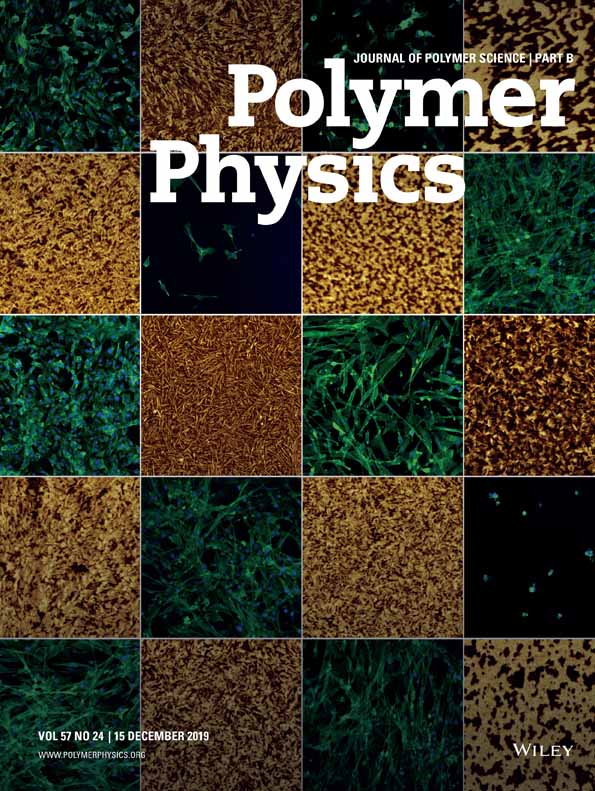Block copolymer modified novolac epoxy resin
Abstract
The phase behavior of uncured and cured mixtures containing stoichiometric amounts of Epon164 novolac epoxy resin and 4,4′-methylenedianiline combined with a nearly symmetric poly(methyl acrylate-co-glycidyl methacrylate-b-polyisoprene) diblock copolymer was investigated with small-angle X-ray scattering and transmission electron microscopy. A series of morphologies were documented as a function of the copolymer concentration, which ranged from pure diblock to 2.5 wt % in the thermoset resin. Ordered lamellae bordered a wide multiphase region followed by disordered wormlike micelles that transformed continuously into vesicles at the lowest compositions. The thermal curing of this pentafunctional epoxy system to complete conversion had little impact on the phase behavior of the mixtures, and this was consistent with previous experiments with difunctional epoxy and the same hardening agent. However, changing the epoxy component led to gross changes in the phase behavior that were interpreted with the concept of a wet-to-dry brush transition. © 2003 Wiley Periodicals, Inc. J Polym Sci Part B: Polym Phys 41: 1994–2003, 2003




